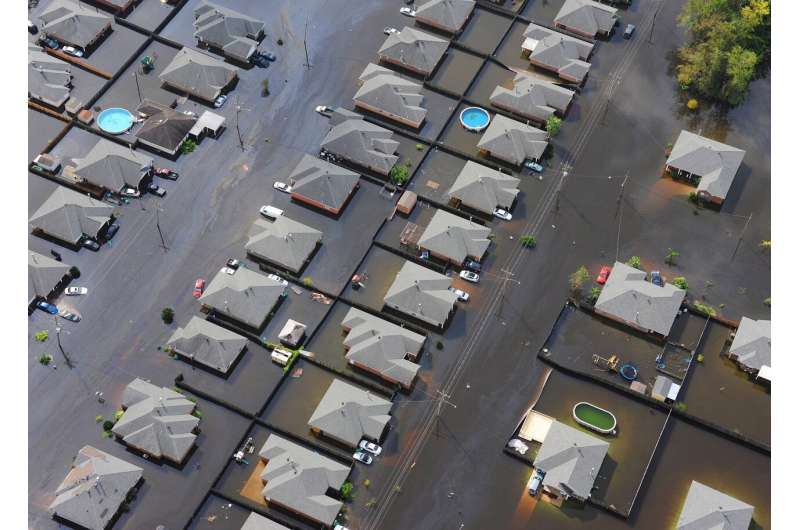Action-led alerts effective at pointy end of natural disasters

Is an "evacuate now" text message more likely to initiate action by the receiver than "you will be impacted by a flood" in a natural disaster emergency such as bushfire and flood?
A QUT study for the Bushfire and Natural Hazards Cooperative Research Center investigated emergency alert or community text messages of different length and content to find the most effective ways to 'signal' impending danger and to prompt life-saving action.
Associate Professor Amisha Mehta from QUT Business School, who led the study, said the research examined how community members evaluated signal phrases and modified emergency alerts for bushfire and flood emergencies.
"Words are powerful during natural hazard emergencies and it is important to use words and phrases that are understood to avoid panic, message desensitization, and guide safe risk assessment and response," Professor Mehta said.
"We used a national survey of 3,138 people, conducted in July, to evaluate signal phrases and examine various text message formats moderated for content and length to find the most effective messaging style in natural hazard emergencies. The goal was to find the message formats most likely to prompt community members to take timely and appropriate action in different stages of a natural hazard emergency. We found calls-to-action signal phrases such as 'evacuate now' and 'act now' signaled higher risk for bushfire and flood than the existing emergency warning level, which is the highest operational warning level."
Professor Mehta said they also tested different text messages for length (short-form versus longer-form), action-led and hazard-led, and content sequencing to gage participants' understanding, perception of risk and intention to act.
"We found that longer-form emergency alerts that elaborated on the hazard, location, and community action compared to short-form emergency alerts were more effective in terms of comprehension at lower risk levels," Professor Mehta said.
"We tested such messages as 'monitor conditions' for bushfire and 'evacuate now' for floods and lower risk levels and found no differences between message length and protective action intentions. However, the beneficial impact of longer-form messages reduced at higher risk levels where short-form messages perform just as well, suggesting that short messages could be offset with further easily accessible information during the earlier stage of natural hazard emergencies."
Professor Mehta said the inclusion of a well-recognized hazard icon had mixed results.
"While it reduced the likelihood to do nothing and wait for further instructions in bushfire 'evacuate now' messages, the use of a hazard icon increased the likelihood to wait for further information in the bushfire 'shelter indoors now' and flood 'prepare to evacuate' conditions when compared to an action-led alert."
Participants were asked about the motivators for taking action and perceived barriers to action.
"The strongest motivator was the desire to keep family members safe and the weakest motivator was seeing others take action," Professor Mehta said.
"Pets presented the strongest barrier to evacuation and health conditions of family members was the weakest barrier. Interestingly, the majority of participants (79 percent) considered they were completely or primarily responsible for the safety of their household, indicating the importance of their receiving trusted, time-critical information and action alerts. In contrast, only 2.1 percent perceived that government was primarily or completely responsible for the safety of the household."
Provided by Queensland University of Technology




















